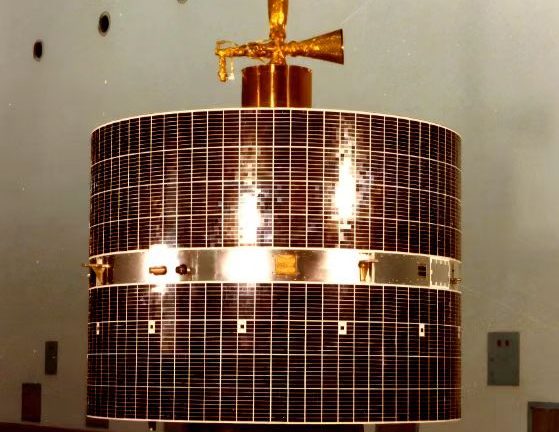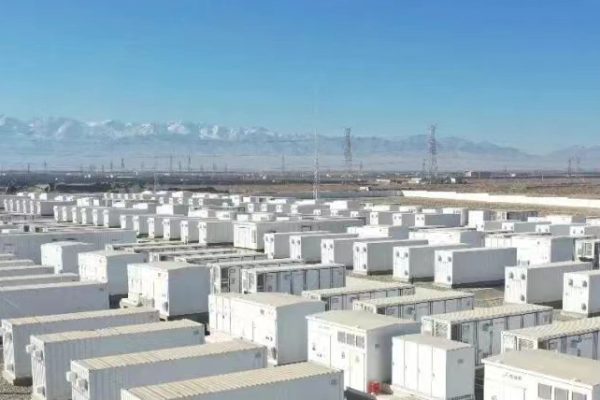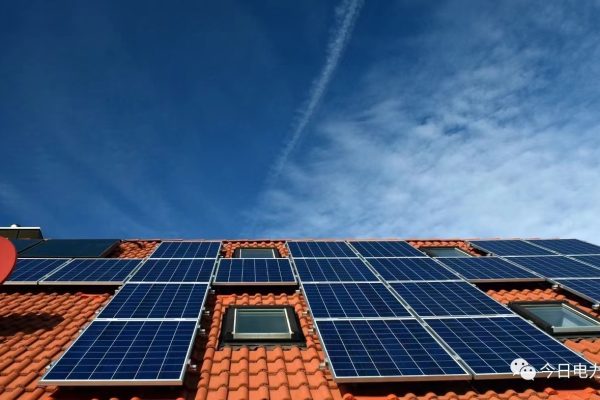The Challenge of Remote Power Access
In many regions across Africa, Southeast Asia, Latin America, and island nations, remote communities struggle with unreliable or absent electricity. Extending the traditional grid is often impractical due to high costs, difficult terrain, and low population density. Microgrids, incorporating solar PV, wind, and energy storage systems (ESS), have emerged as a viable solution to address these challenges efficiently.
1. Understanding Microgrids
- Definition: Microgrids are localized energy networks capable of operating independently from the main grid.
- Components: Typically include renewable generation, ESS for energy storage, and a smart control system to balance supply and demand.
- Off-Grid Benefits: Provide reliable power, reduce reliance on diesel generators, and support local economic development.
Exporter Tip: Position your ESS as the core component of a microgrid, enabling energy reliability in off-grid settings.
2. Case Example: Island Communities
- Context: Islands often cannot connect to national grids.
- Solution: Solar + battery microgrids (50–500 kWh) supply electricity for homes, schools, and small businesses.
- Outcome: Reduced diesel consumption, stable power, and improved quality of life.
Exporter Tip: Highlight scalable energy storage solutions that can be deployed incrementally.
3. Case Example: Rural Villages in Africa
- Context: Many African villages have no reliable electricity.
- Solution: Small-scale microgrids (10–100 kWh) using solar and storage power essential community loads.
- Outcome: Enable refrigeration, communication, and small enterprises.
Exporter Tip: Showcase ESS reliability and low maintenance for remote environments.
4. Technical Parameters for Remote Microgrids
- Capacity & Scalability: Must match local demand and allow future expansion.
- Durability: Resistant to temperature extremes, humidity, dust, and storms.
- Efficiency: High round-trip efficiency maximizes usable energy from limited renewable sources.
- Reliability: UPS functionality or fast switch-over ensures continuous supply.
Exporter Tip: Include temperature ratings, IP protection, and cycle life data in quotations.
5. Financial and Operational Considerations
- Cost Efficiency: ESS reduces fuel consumption for backup generators.
- Financing Options: Pay-as-you-go, leasing, or donor-funded models increase adoption.
- Operational Savings: Lower maintenance requirements reduce long-term TCO.
Exporter Tip: Emphasize ROI and TCO calculations tailored to the local context.
6. Environmental and Social Impact
- Reduced Carbon Footprint: Replacing diesel with renewables decreases emissions.
- Community Development: Reliable electricity supports education, healthcare, and small businesses.
- Sustainability: Long-lasting ESS systems contribute to long-term energy independence.
Exporter Tip: Include social impact metrics in presentations to donors or government projects.
7. Risks and Mitigation Strategies
- Logistics: Transporting large ESS components to remote locations.
- Maintenance: Lack of skilled local technicians.
- Policy Fluctuations: Shifting subsidies or regulatory frameworks.
Exporter Tip: Offer remote monitoring, training, and modular design to reduce these risks.
Microgrids as a Sustainable Solution
Microgrids powered by ESS provide a reliable, scalable, and sustainable solution for remote communities facing power shortages. Exporters who understand the technical, financial, and social requirements of these microgrids can position their products as essential enablers of rural electrification and economic growth.









